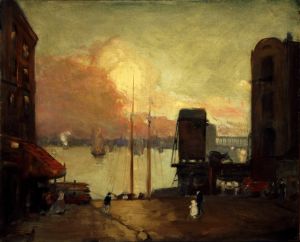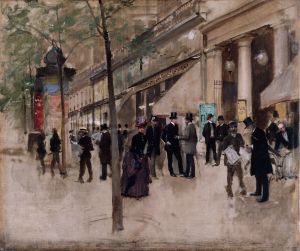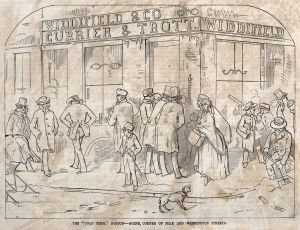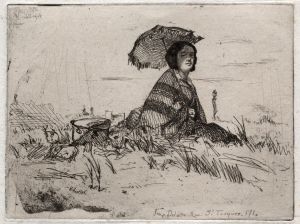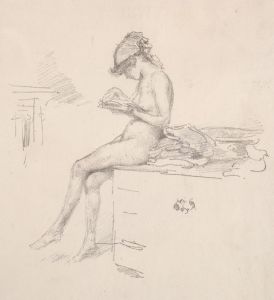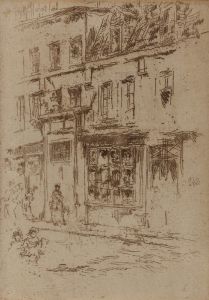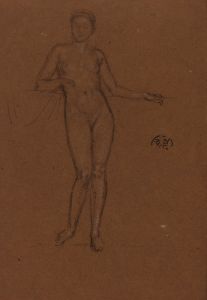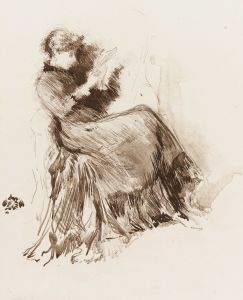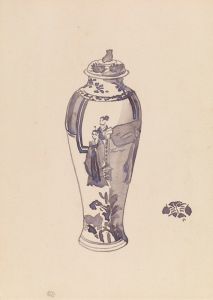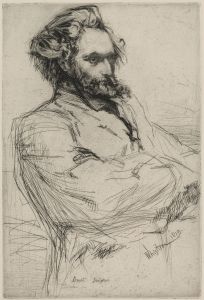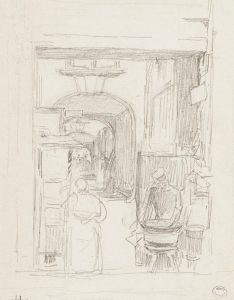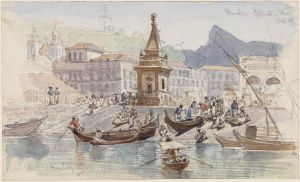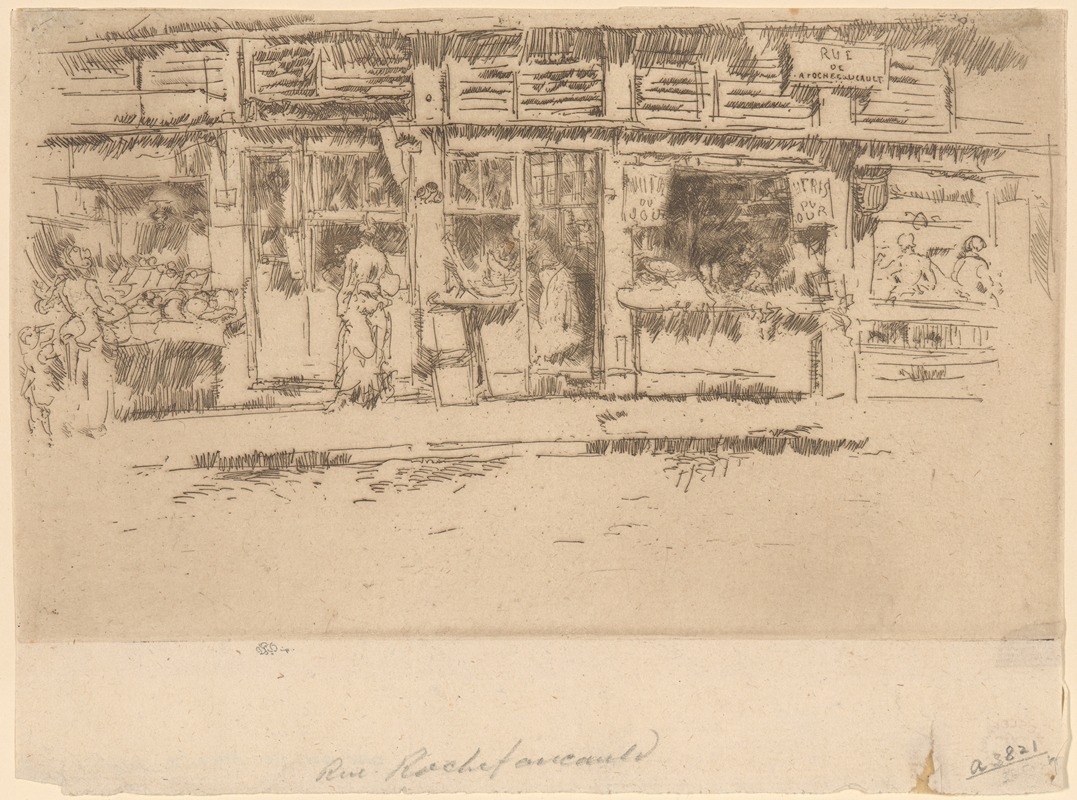
Rue de la Rochefoucault
A hand-painted replica of James Abbott McNeill Whistler’s masterpiece Rue de la Rochefoucault, meticulously crafted by professional artists to capture the true essence of the original. Each piece is created with museum-quality canvas and rare mineral pigments, carefully painted by experienced artists with delicate brushstrokes and rich, layered colors to perfectly recreate the texture of the original artwork. Unlike machine-printed reproductions, this hand-painted version brings the painting to life, infused with the artist’s emotions and skill in every stroke. Whether for personal collection or home decoration, it instantly elevates the artistic atmosphere of any space.
James Abbott McNeill Whistler was an American artist known for his significant contributions to the art world during the late 19th century. He was a proponent of the Aesthetic Movement, which emphasized the visual and sensual qualities of art and design over more narrative or moralistic themes. Whistler's work is characterized by its innovative use of color and composition, often drawing comparisons to musical harmony.
"Rue de la Rochefoucault" is one of Whistler's lesser-known works, and unfortunately, there is limited information available about this specific painting. Whistler's oeuvre includes a variety of subjects, ranging from portraits and landscapes to cityscapes and nocturnes, often capturing the essence of his surroundings with a unique and subtle touch.
Whistler spent a significant portion of his career in Europe, particularly in London and Paris, where he was influenced by the burgeoning art scenes. His time in Paris exposed him to the works of the Impressionists, and although he was not directly associated with the movement, his work shares some stylistic similarities, such as an interest in capturing the effects of light and atmosphere.
The title "Rue de la Rochefoucault" suggests a depiction of a street scene, likely in Paris, as Rue de la Rochefoucauld is a real street located in the 9th arrondissement of the city. This area of Paris was known for its vibrant cultural life during Whistler's time, and it is plausible that the painting captures the essence of this locale. Whistler's cityscapes often focus on the interplay of light and shadow, and he was known for his ability to convey mood and atmosphere with a limited color palette and delicate brushwork.
Whistler's approach to art was heavily influenced by his belief in "art for art's sake," a philosophy that argued for the intrinsic value of art, independent of any didactic, moral, or utilitarian function. This perspective is evident in his works, which often prioritize aesthetic beauty and emotional resonance over explicit storytelling.
While specific details about "Rue de la Rochefoucault" are scarce, it can be contextualized within Whistler's broader body of work, which includes other notable pieces such as "Arrangement in Grey and Black No. 1" (commonly known as "Whistler's Mother") and his series of "Nocturnes," which explore the effects of twilight and night.
Whistler's legacy is marked by his innovative contributions to the art world, his influence on subsequent generations of artists, and his role in the development of modern art. His works continue to be studied and admired for their technical mastery and their ability to evoke emotion through subtle and harmonious compositions.
In summary, while there is limited specific information available about "Rue de la Rochefoucault," it can be appreciated as part of Whistler's broader artistic achievements, reflecting his unique style and his commitment to the aesthetic principles that defined his career.





